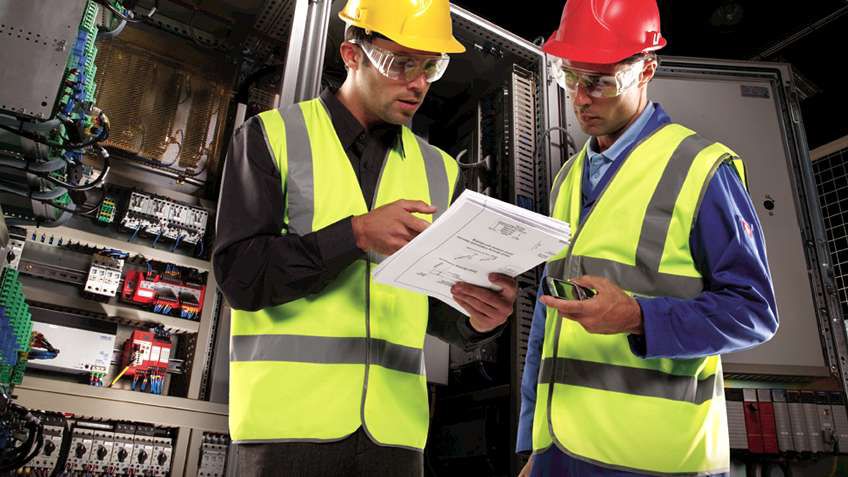Recommended For You
Safety in industrial processes and machinery has been always a critical issue to help ensure personal safety, compliance with appropriate standards and laws, and risks to supply chain and brand reputation.
Data for Spain, between January 2013 and November 2013, show that a total of 77.719 accidents were registered in industry – a drop of 6.9% from 2012 – of which 81 were fatal accidents.
The concept of machinery safety had been negatively linked to productivity: improved safety meant less productivity. However, this trend is changing because new safety technologies and standards enable safer machines while improving production rates. Safety is no longer a drawback for production.
Something is wrong when the machine operator considers safety as an enemy instead of a friend.
And the revolution of integrated safety within control industrial networks is changing the safety landscape. Ethernet/IP with CIP Safety allows modules with safe I/Os to be integrated into a control network where I/Os, servomotors, frequency converters and safety devices can share the same physical media.
Safety along with its programming logic and cabling were until recently independent from the rest of the machine control. Currently, by means of new technologies, control and safety converge on the same physical media reducing complexity and time to design, develop, and deliver a safety solution.
On the same header where we wire standard digital I/O we can insert safety modules as well, providing a more affordable and flexible safety solution for the machine. In addition, the use of a single software development environment for control sequence programming and safety simplifies the integration and maintenance of the facilities. For example, detection of which of 45 emergency push-buttons available is failing.
Another trend showing the advantages of integrated safety is the intelligent safety of servo drives and frequency converters, such as the safe torque-off features included in many of these devices. With machines and processes more and more based in motion systems, the availability of intelligent safety in these devices helps to create a safer machine with a high production capacity.
This kind of integrated safety in control networks such as Ethernet/IP is not only reserved for larger facilities with lots of safety I/Os. Other machinery of smaller sizes, which have been traditionally using safety relays and safety independent PLCs, are going to gradually integrate these solutions due to their higher performance and increasing affordability.
Published August 19, 2014


